From The Paris Review:
If I said to you, “Describe Anna Karenina,” perhaps you’d mention her beauty. If you were reading closely you’d mention her “thick lashes,” her weight, or maybe even her little downy mustache (yes—it’s there). Matthew Arnold remarks upon “Anna’s shoulders, and masses of hair, and half-shut eyes … ”
But what does Anna Karenina look like? You may feel intimately acquainted with a character (people like to say, of a brilliantly described character, It’s like I know her), but this doesn’t mean you are actually picturing a person. Nothing so fixed—nothing so choate.
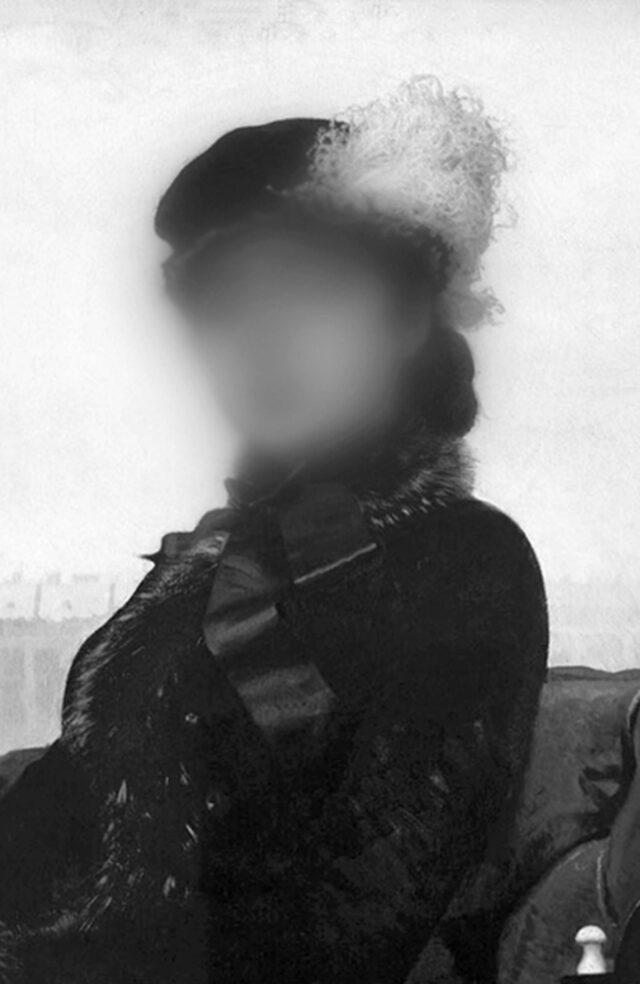
*
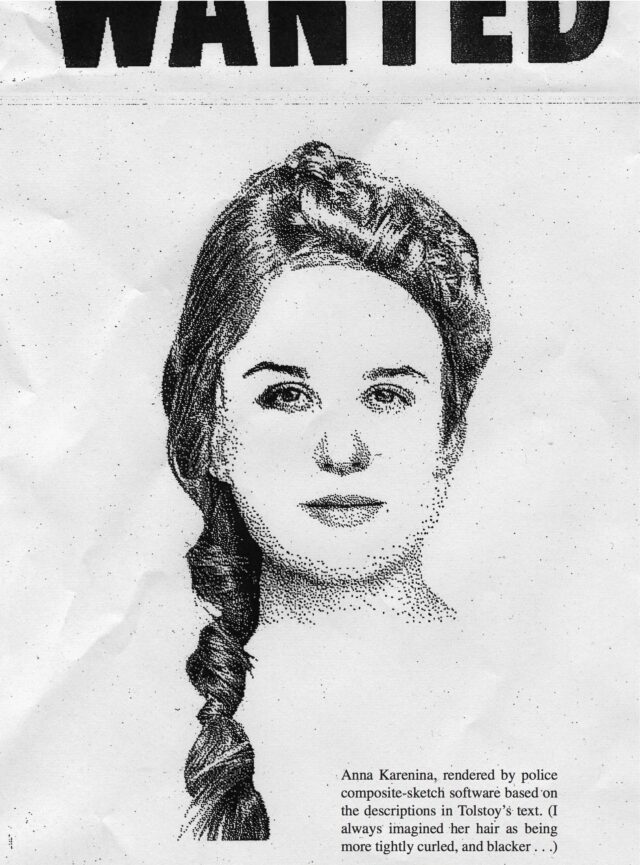
Most authors (wittingly, unwittingly) provide their fictional characters with more behavioral than physical description. Even if an author excels at physical description, we are left with shambling concoctions of stray body parts and random detail (authors can’t tell us everything). We fill in gaps. We shade them in. We gloss over them. We elide. Anna: her hair, her weight—these are only facets, and do not make up a true image of a person. They make up a body type, a hair color … What does Anna look like? We don’t know—our mental sketches of characters are worse than police composites.
Visualizing seems to require will …
… though at times it may also seem as though an image of a sort appears to us unbidden.
(It is tenuous, and withdraws shyly upon scrutiny.)
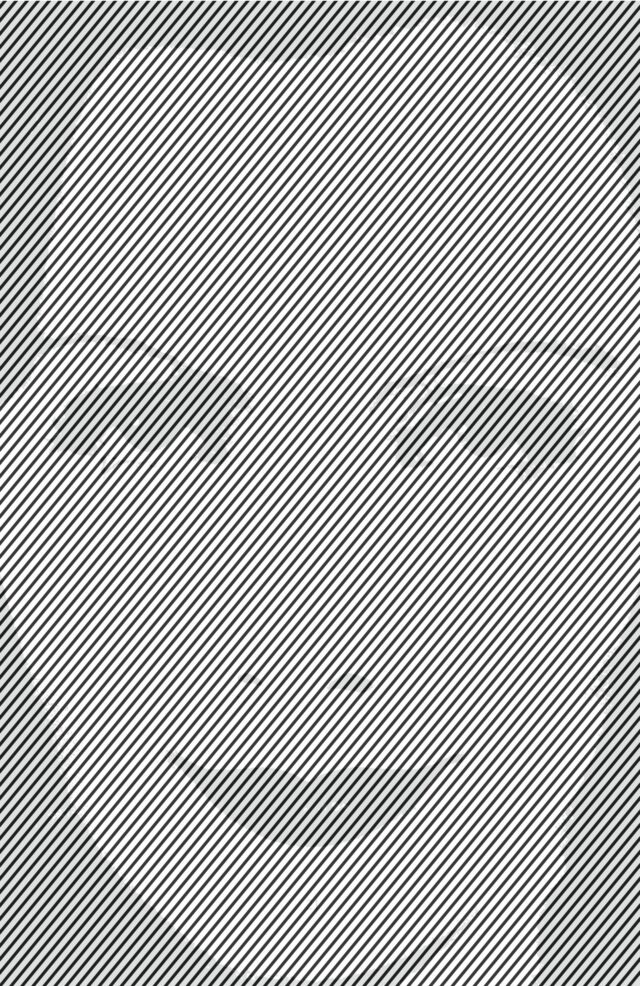
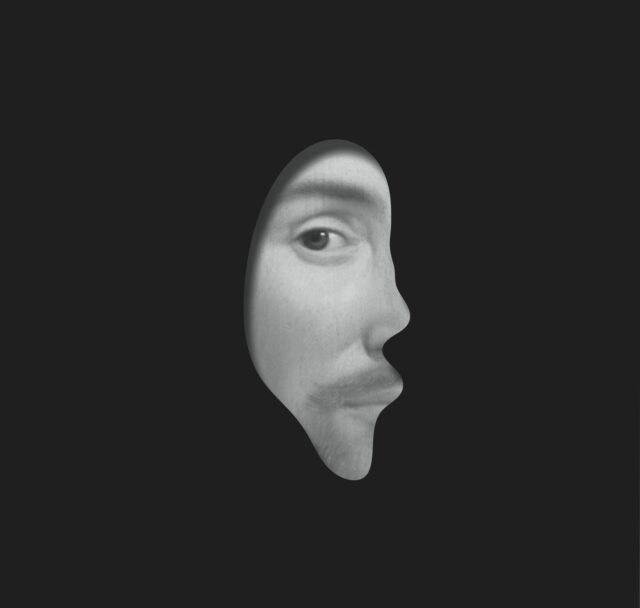
I canvass readers. I ask them if they can clearly imagine their favorite characters. To these readers, a beloved character is, to borrow William Shakespeare’s phrase, “bodied forth.”
These readers contend that the success of a work of fiction hinges on the putative authenticity of the characters. Some readers go further and suggest that the only way they can enjoy a novel is if the main characters are easily visible:
“Can you picture, in your mind, what Anna Karenina looks like?” I ask.
“Yes,” they say, “as if she were standing here in front of me.”
“What does her nose look like?”
“I hadn’t thought it out; but now that I think of it, she would be the kind of person who would have a nose like … ”
“But wait—How did you picture her before I asked? Noseless?”
“Well … ”
“Does she have a heavy brow? Bangs? Where does she hold her weight? Does she slouch? Does she have laugh lines?”
(Only a very tedious writer would tell you this much about a character. Though Tolstoy never tires of mentioning Anna’s slender hands. What does this emblematic description signify for Tolstoy?)
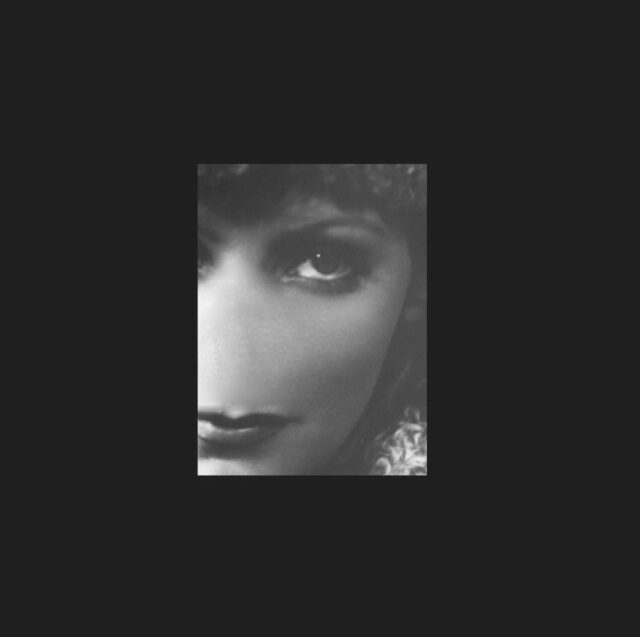
Some readers swear they can picture these characters perfectly, but only while they are reading. I doubt this, but I wonder now if our images of characters are vague because our visual memories are vague in general.
* * *
A thought experiment: Picture your mother. Now picture your favorite literary character. (Or: Picture your home. Then picture Howards End.) The difference between your mother’s afterimage and that of a literary character you love is that the more you concentrate, the more your mother might come into focus. A character will not reveal herself so easily. (The closer you look, the farther away she gets.)
(Actually, this is a relief. When I impose a face on a fictional character, the effect isn’t one of recognition, but dissonance. I end up imagining someone I know.* And then I think, That isn’t Anna!)
Link to the rest at The Paris Review
There are a number of additional images in the OP.
As an author, my first response to this article was, “Well, duh!” Mr. Mendelsund spends a great deal of time and “ink” on what seems to me to be a non-issue. Of COURSE authors only describe what is important to their stories! I wonder if it would have blown his mind to learn that some characters don’t even get names!
My next thought was that Mr. Mendelsund must not have written any stories himself, because if he had, I don’t believe he would have been quite so impressed by this non-issue. (It’s just what you do!) This article was published in 2014. He now has two novels published, in 2019 and 2021. While I’m not certain (given the vagaries of trad-publishing), I wonder if he’d wax so poetical about this subject now that he’s “done the deed” himself.
With all that said, it’s clear that Mr. Mendelsund is intelligent and quite in love with words. For all that his subject seems a moot point to belabor, he does seem to belabor it quite beautifully.
I think I can (and always do) visualize a character in a book perfectly. Like so many things this perfect image remains utterly distinct until you drill down on it, trying to study their eyes, nose, ears etc. As soon as you examine the picture closely it wafts away and you are forced to admit that they could look completely different for all you know. You can only see the characters by not looking directly at them. The details provided by the author are the only details we are actually able to see clearly — Lucas Burch’s little white scar beside his mouth, Gail Hightower’s paunch, Lena’s smile — and we add the rest ourselves. Nevertheless we’d recognize anyone from Light in August if we were traveling in northern Mississippi — until we actually had to look closely at them.
Sadly there’s no way to compare one reader’s image with anyone else’s.